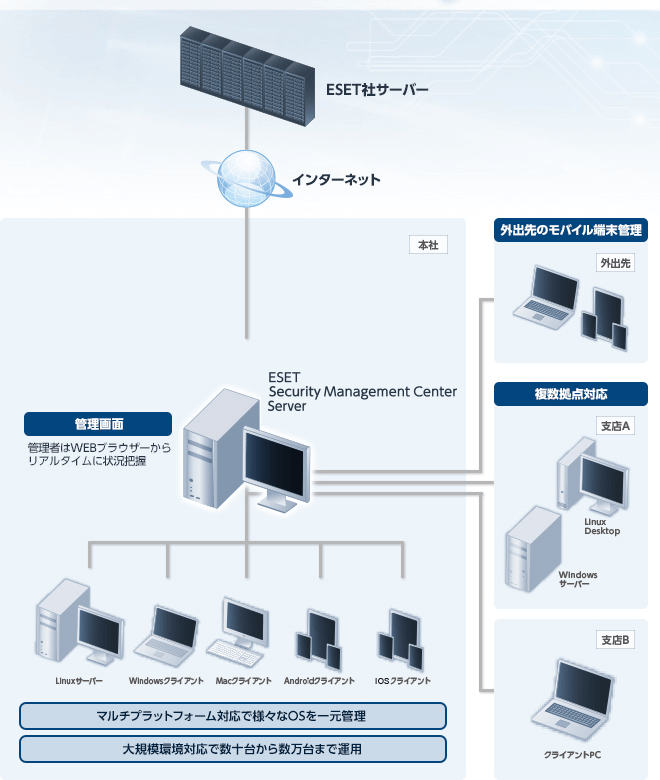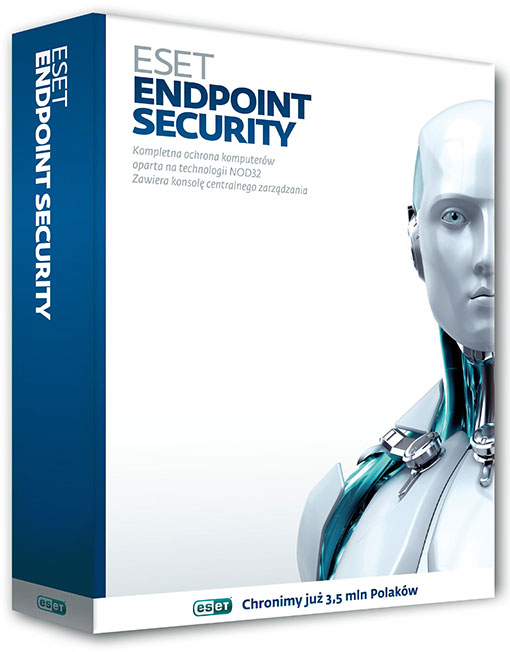

Then, as the 2000s began, there was a secondary problem-Wi-Fi and laptops. No problem-just program antivirus to automatically scan all incoming emails. The problem was compounded when viruses began to be embedded in Word macros. Firewalls don’t work too well on email viruses, because the packets comprising an email with a malicious attachment don’t look that different from a normal email. First, as we’ve mentioned, there was an email. Most serious intrusion attempts came over the network.Īs the 90’s ended, however, a whole bunch of changes started occurring, which dramatically elevated the prominence of endpoint security. As such, early endpoint security products didn’t have to do much heavy lifting. Its destructive payload was simply an animated display of fireworks. DLL file, automatically replicating itself into additional emails sent from the user’s client. exe file disguised as an attachment, the virus would modify itself into a. As an example, the first virus ever to propagate via email was known as “ Happy99.” When users clicked on an. Late 80s to 90sĮven as the internet slowly started to gain widespread usage in the late 80s and early 90s, most malware samples were poorly-written jokes. For the most part, the malware was originally thought of as a nuisance, although a lot of malware before it-and nearly all malware since-have real teeth, designed to break equipment, destroy data, or steal it outright. Until recently, endpoint security was a bit de-emphasized in the context of information security. This is due to the fact that creating and implementing security software on mobile devices is hugely different when compared to traditional endpoints. Servers and VMs fall into cloud workload protection, while mobile devices (phones, tablets, Chromebooks, etc.) fall into a specialized category of mobile threat defense. An endpoint is where communications originate and are received-in essence, any device that can be connected to a network.įrom a computer security perspective, “endpoint” will most likely refer to a desktop or laptop. It refers to parts of a network that don’t simply relay communications along its channels or switch those communications from one channel to another. In simple terms, an endpoint is one end of a communications channel. So, here we are to answer one of the most fundamental questions in the infosec field: What is endpoint security software? What is Endpoint Security?Įndpoint Security protects user endpoints (desktop workstations, laptops, and mobile devices) from threats such as malware, ransomware, and zero-days. That’s on us as an industry-too often, the explanation of what we do and why it’s important devolves into a stew of acronyms, assembly code, and other bits of poorly-explained jargon.

Information security is a topic that often resists understanding by laymen.


 0 kommentar(er)
0 kommentar(er)
